Invasive plants threaten native plants, animals, and ecosystems, but they’re not only found in wild spaces. Many nurseries and garden centers continue to sell plants known to be invasive species, and you can even find invasive plants in some “wildflower” seed mixes. The good news? Thousands of beautiful garden plants are not invasive, so you have plenty of alternatives to choose from!
The best options, of course, are native plants, which not only do not cause harm but instead do a lot of good, such as providing food and habitat for native songbirds, pollinators, and other wildlife. To help you distinguish friend from foe, I’ve compiled a list of invasive plants in Nebraska commonly found in gardens. Following the description of each invasive plant are suggestions for beautiful native alternatives.
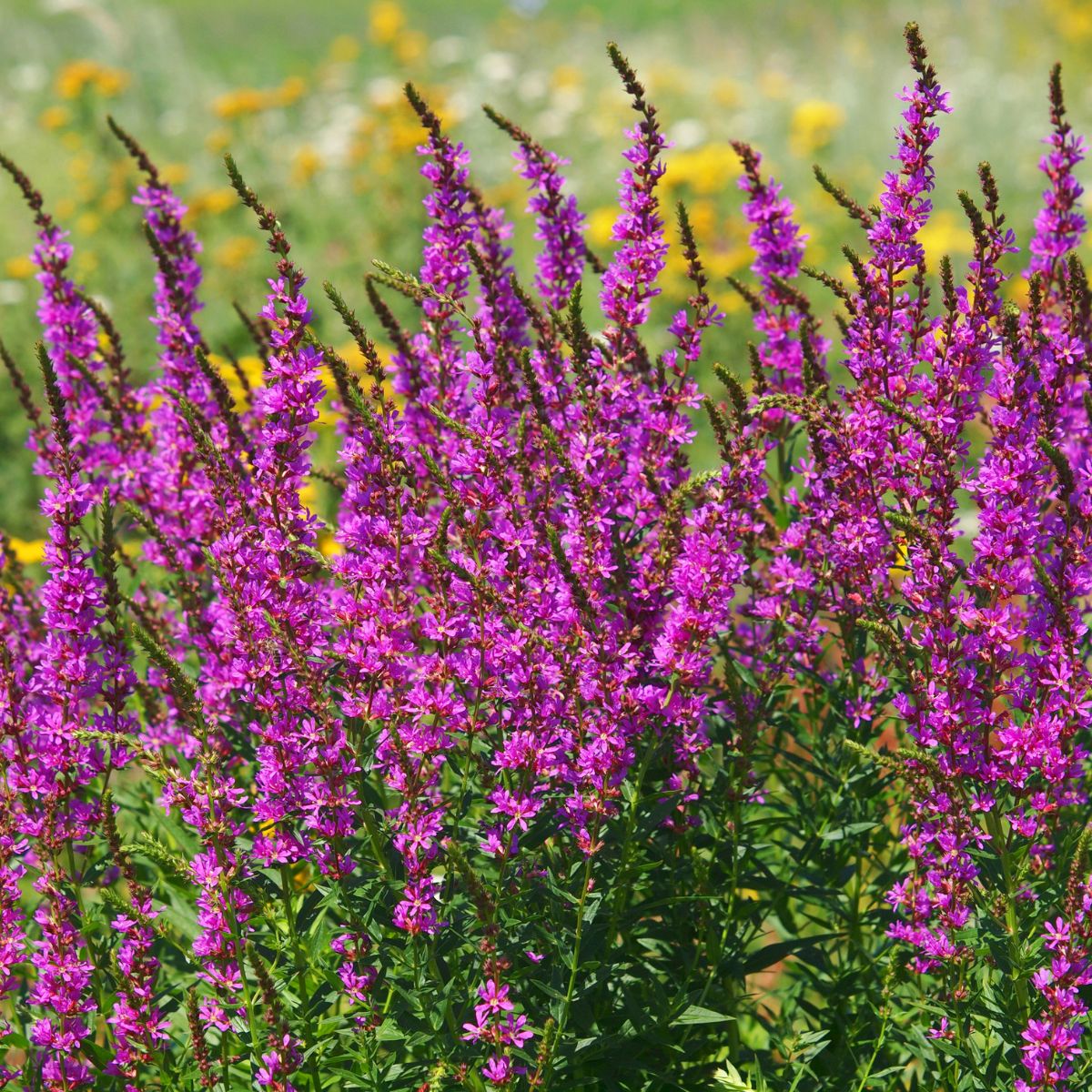
Invasive Plants in Nebraska
Avoid planting any of the following invasive species, considering these could come from a garden center, nursery, friend or neighbor, or even a wildflower seed mix. If you recognize one as a plant already growing in your garden, contact your local Extension office for instructions on removing it properly. Then, have fun choosing one of Nebraska’s many stunning native plants to replace it!
1. Autumn olive (Elaeagnus umbellatus)
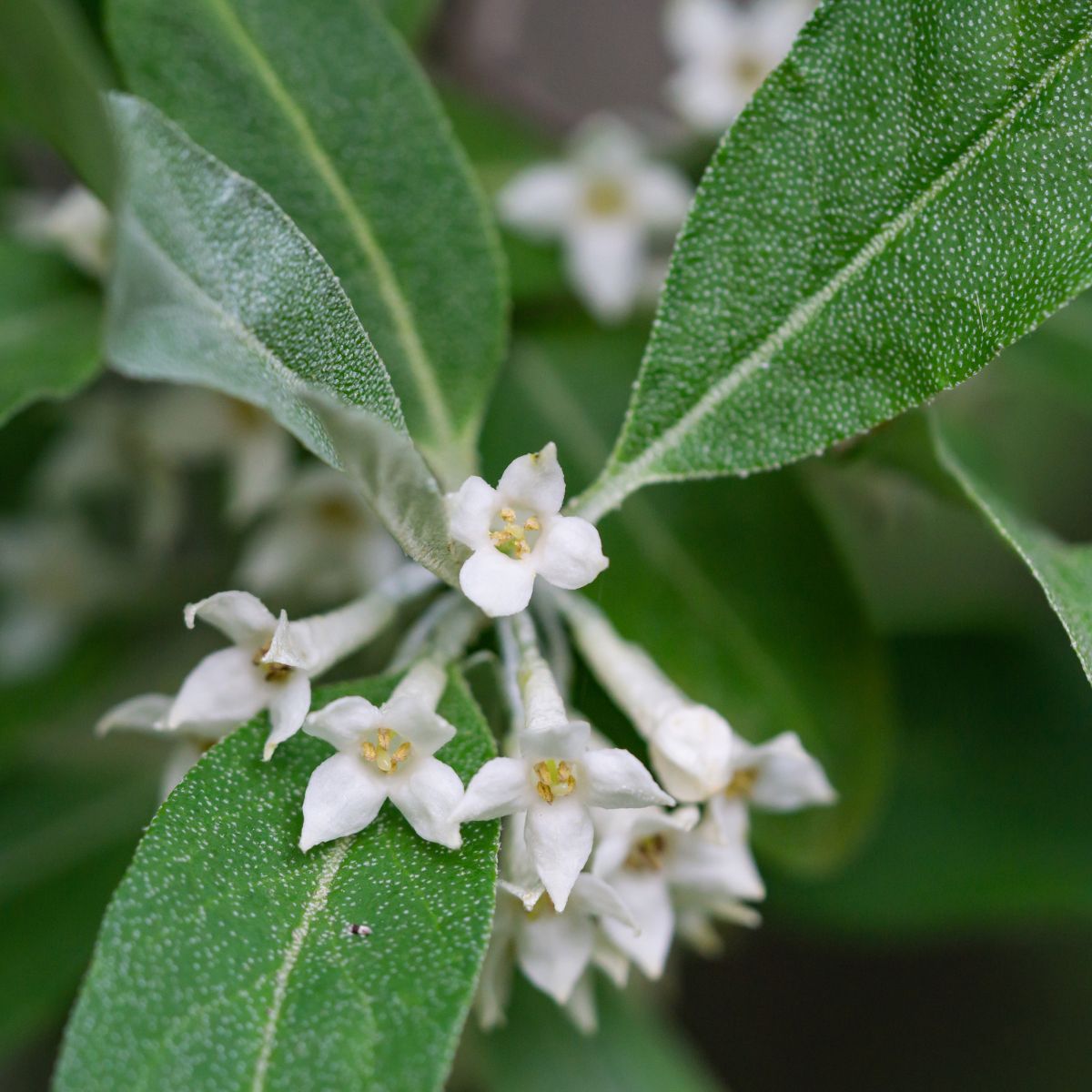
Autumn olive, a deciduous shrub, grows up to 20 feet tall and 30 feet wide, with a rounded habit and dense branches. Its bright green, ovate leaves have wavy margins and distinctive silvery undersides.
The young twigs also have a silvery hue, brown scales, and long thorns. In spring, pale, tubular flowers bloom in small clusters, giving off a pleasant fragrance. The berries that follow ripen in early fall to a bright red with silver scales.
Its cousin, Russian olive (E. angustifolia), also invasive, has a similar appearance but with narrower, entirely silver leaves and taller growth.
Similar native shrubs include buffaloberry (Shepherdia argentea) and American silverberry (E. commutata).
2. Bush honeysuckles (Lonicera morrowii, L.tatarica, L. x bella, L. maackii)
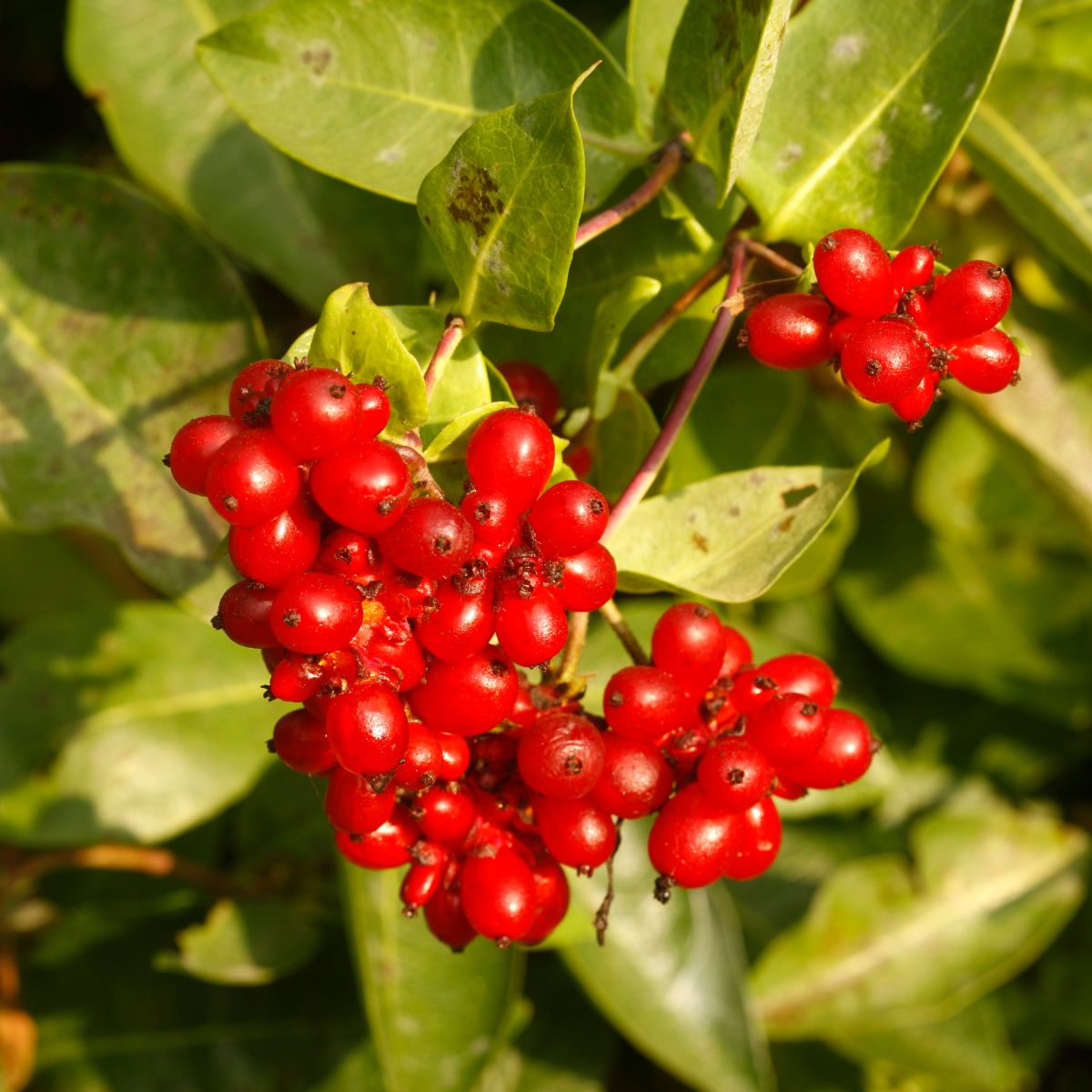
Several invasive bush honeysuckles grow in Nebraska, including Morrow’s, Tatarian, Bell’s, and Amur. All have opposite elliptical leaves and produce their trademark tubular flowers in spring, with their sweet fragrance and pale shades of cream, yellow, and pink. In fall, red berries appear.
To distinguish between native and nonnative honeysuckles, look for the hollow mature stems characteristic of the invasive species.
Twinberry (L. involucrata) is a native bush honeysuckle, and common serviceberry (Amelanchier arborea) is a nice alternative with edible berries.
3. Callery pear (Pyrus calleryanna)
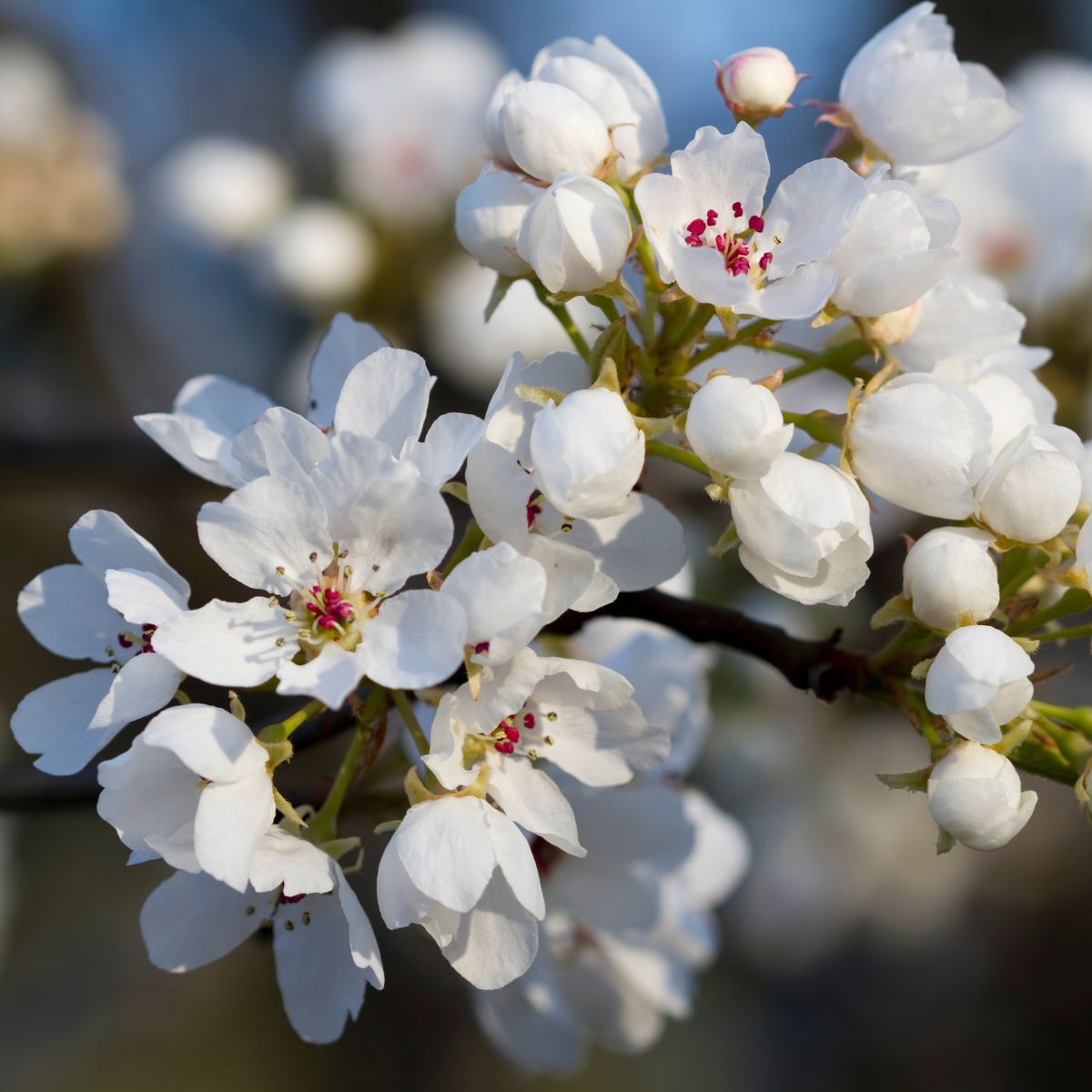
A common landscaping tree, the Callery pear has been valued for its uniform pyramidal shape. Its masses of white, early spring flowers have an unpleasant odor and bloom before the leaves emerge.
The alternate, glossy, dark-green leaves have wavy margins with small, rounded teeth and turn deep red in autumn. Later in the season, look for tiny, hard, brownish fruits.
Plant a small native tree instead, such as redbud (Cercis canadensis) or prairie crabapple (Malus ioensis).
4. European buckthorn (Rhamnus cathartica)
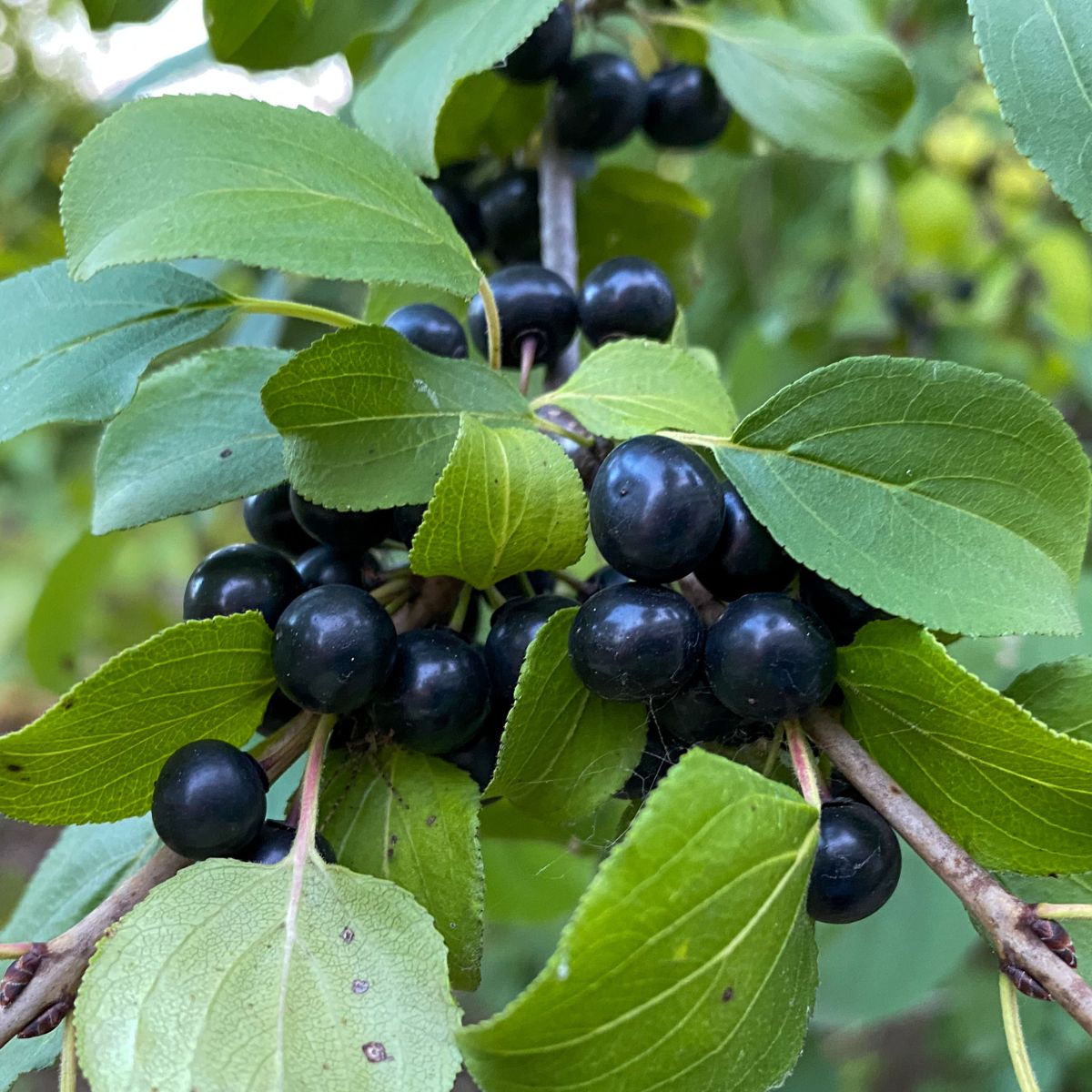
European buckthorn, also called common buckthorn, is a deciduous shrub or small tree that forms dense, thorny thickets. It has oblong leaves with wavy, slightly toothed margins, and the bark features distinct white lenticels. Small, yellowish flowers bloom from May to July, followed by round, black berries.
The very similar glossy buckthorn (R. frangula) is another invasive plant in Nebraska.
Plant the American hornbeam (Carpinus caroliniana) as an alternative small tree, or use American arborvitae (Thuja occidentalis) as a hedge.
5. Japanese Honeysuckle (Lonicera japonica)
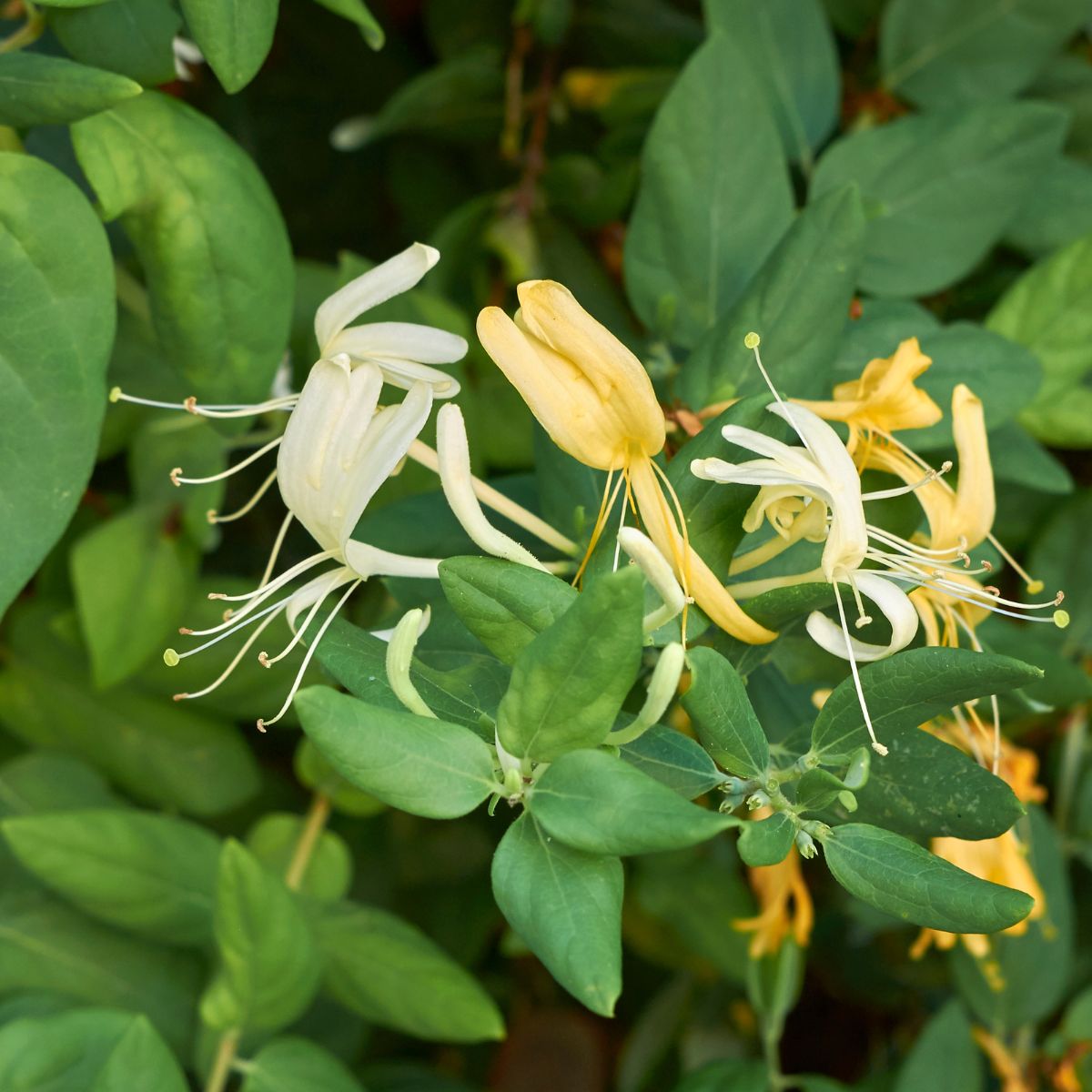
Like its cousins, the bush honeysuckles, Japanese honeysuckle has hollow mature stems and fragrant, pale, tubular flowers that bloom in pairs. It also has oval, opposite leaves with pale undersides. However, the difference is that Japanese honeysuckle is a vine that forms dense mats on the ground and climbs trees and shrubs.
Red honeysuckle (L. dioica) is a beautiful native alternative or choose another native vine, like American bittersweet (Celastrus scandens).
6. Japanese knotweed (Polygonum cuspidatum)
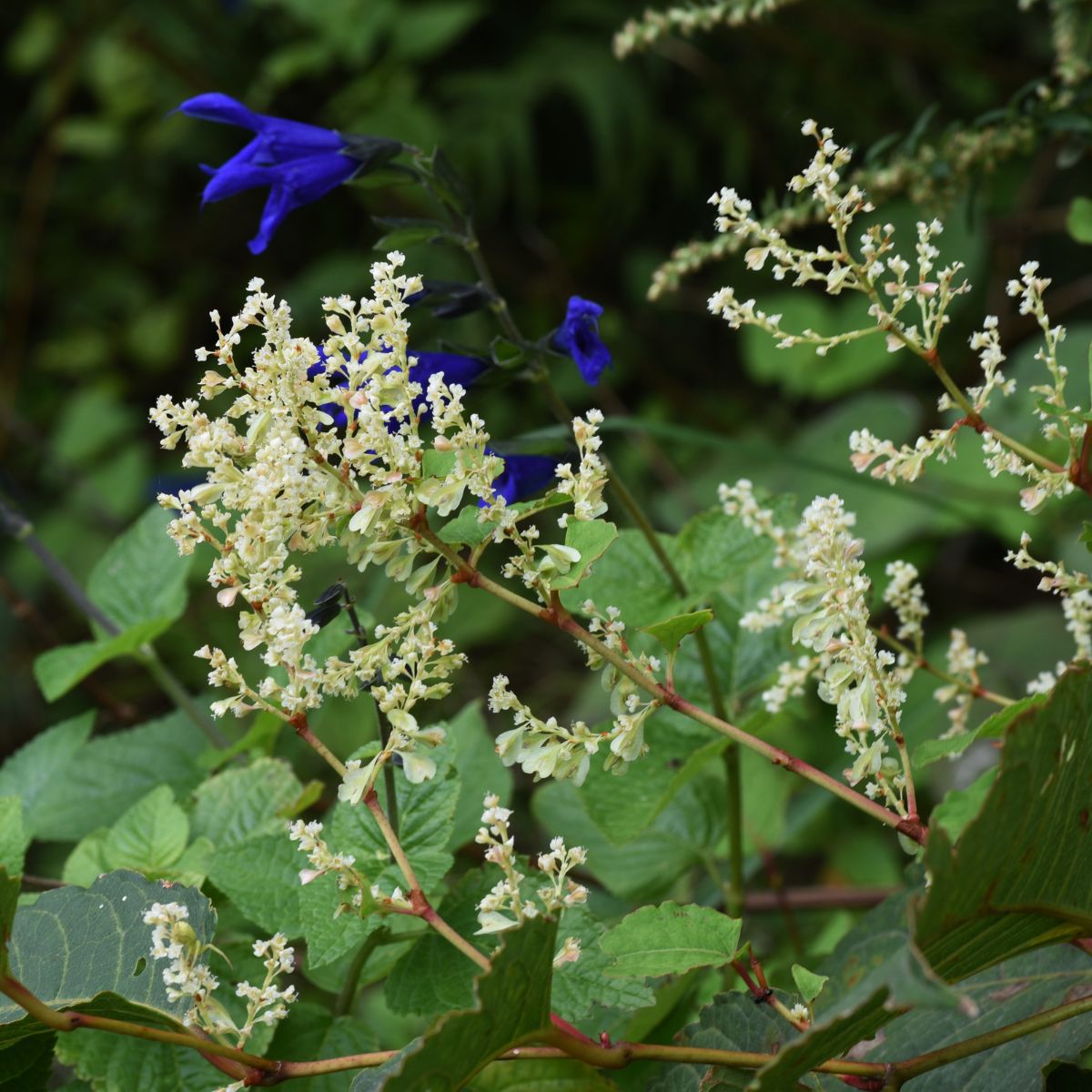
An herbaceous perennial, Japanese knotweed grows to about 10 feet tall with large, alternate, heart-shaped leaves. It has stout, reddish-brown, bamboo-like stems that are hollow between the nodes. The alternate leaf pattern gives the plant a zigzag appearance.
In late summer, fingerlike clusters of tiny, pale, fragrant flowers sprout from the nodes. In early spring, look for new shoots, which are bright red to purple and feature distinctly triangular furled leaves.
Native alternatives include goat’s beard (Aruncus dioicus) and red stemmed dogwood (Cornus sericea).
7. Purple loosestrife (Lythrum salicaria)
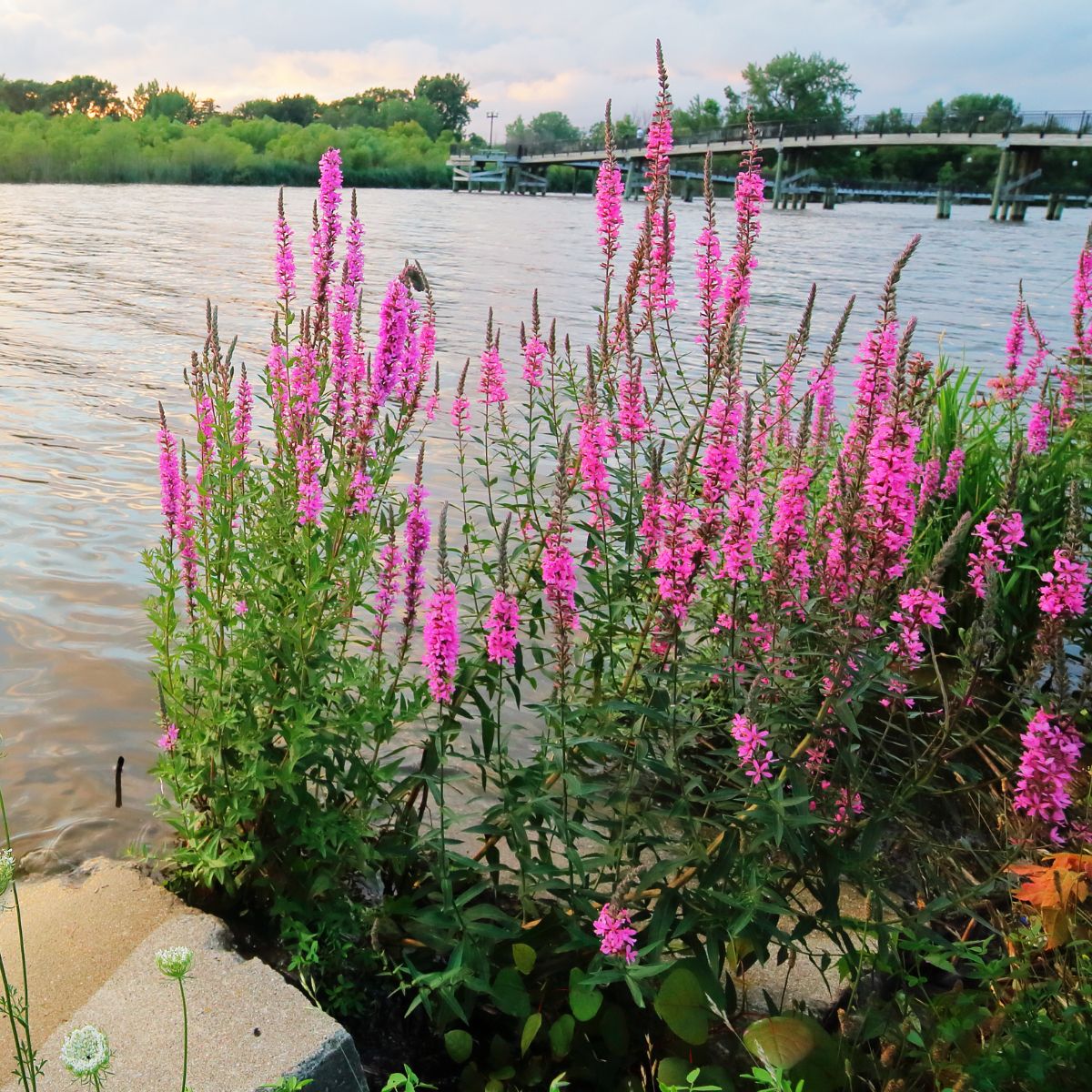
Known for its long, showy terminal spikes of purple flowers, purple loosestrife forms dense stands that can affect water flow and quality in streams, ditches, wetlands, and other waterways. This perennial herb grows up to eight feet tall and has long, narrow leaves with a heart-shaped base and opposite growth habit.
Swamp milkweed (Asclepias incarnata) and tall blazing star (Liatris aspera) make stunning alternatives.
8. Siberian elm (Ulmus pumila)
Siberian elm is a deciduous tree that grows 30 to 70 feet tall. It has slender, spreading branches and an open, rounded crown. Mature trees have dark gray bark with shallow furrows and the thin, silvery twigs zigzag with a node at each turn.
Look for small, alternate leaves with an elliptic shape, toothed margins, and a slightly uneven base. Greenish flowers lacking petals bloom in small, drooping clusters before the leaves develop. The tree produces prolific clusters of round, winged seeds.
Instead, plant American elm (U. americana), or choose another native tree, like basswood (Tilia americana).
9. Tree of heaven (Ailanthus altissima)
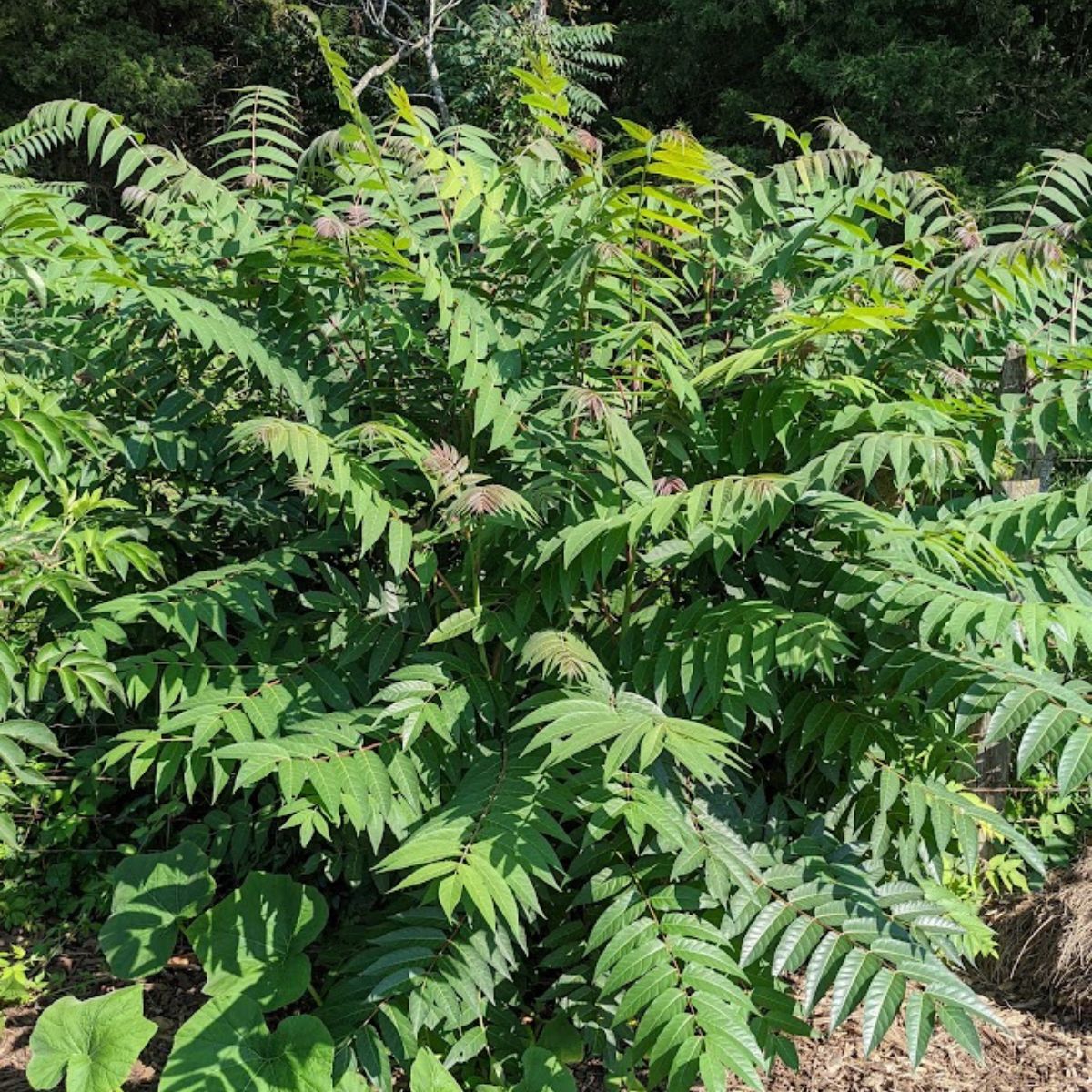
A deciduous tree with rapid growth, the tree of heaven grows up to 80 feet tall with a trunk diameter of up to six feet. Look for pinnately compound leaves with 10 to 41 smooth leaflets. Crushing the leaves or damaging the bark releases a pungent odor. In early summer, clusters of yellowish flowers bloom above the leaves, and female trees produce tan to reddish-winged seeds. Here’s how to properly remove tree of heaven from your yard.
Alternative native trees include Kentucky coffeetree (Gymnocladus dioicus) and yellowwood (Cladrastis lutea).
Now that you know what to look for, you can remove any of these invasive plants growing in your garden and avoid buying them from nurseries or garden centers. Take care to check the list of plants in seed mixes too! And once that somewhat tedious job is done, you can enjoy plant shopping for beautiful native species. Happy gardening!
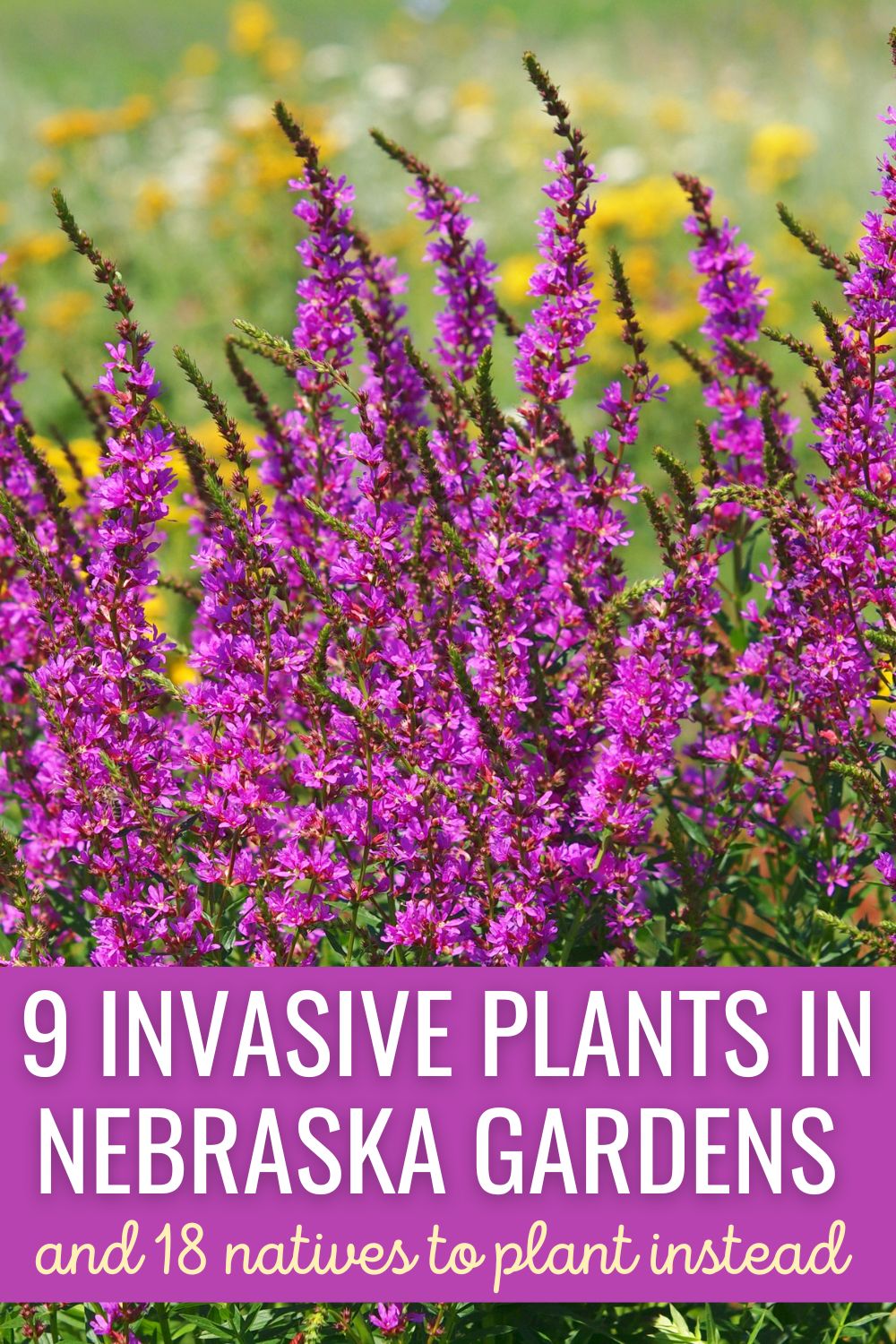

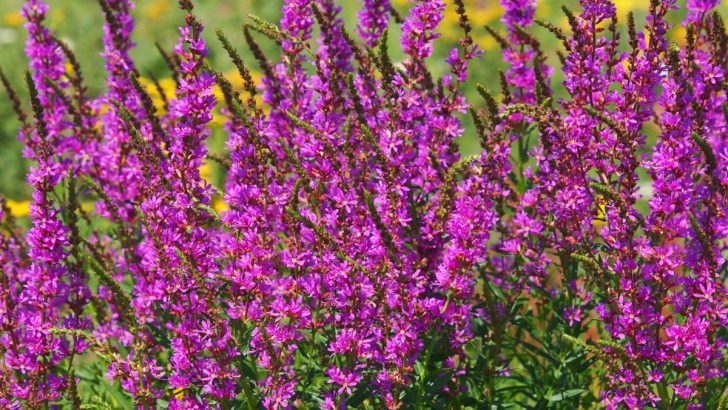










Nebraska Native Plants List: 18 Stunning Flowers For Your Garden
Monday 31st of July 2023
[…] you have any of these invasive Nebraska plants, replace them with one form the list […]